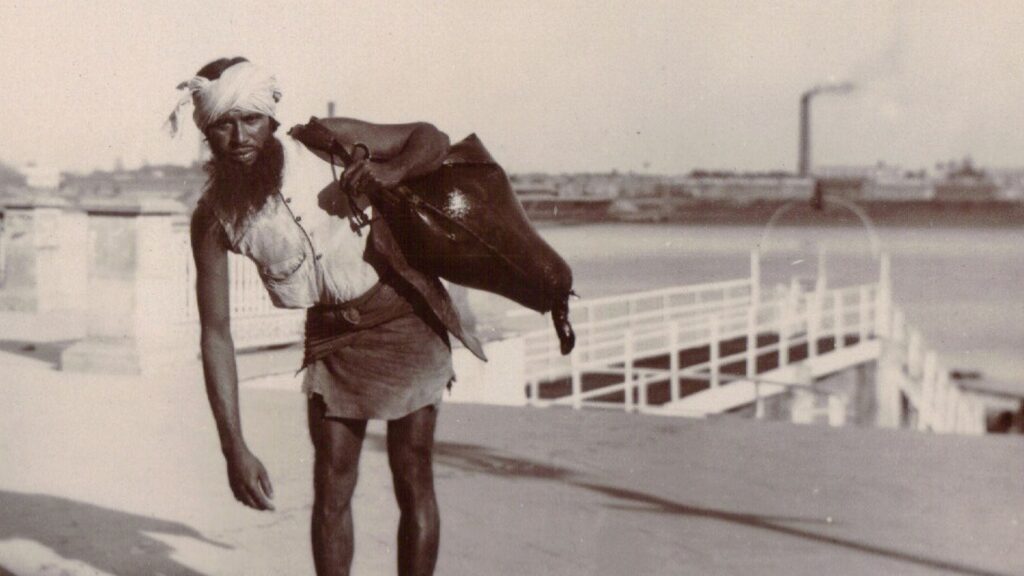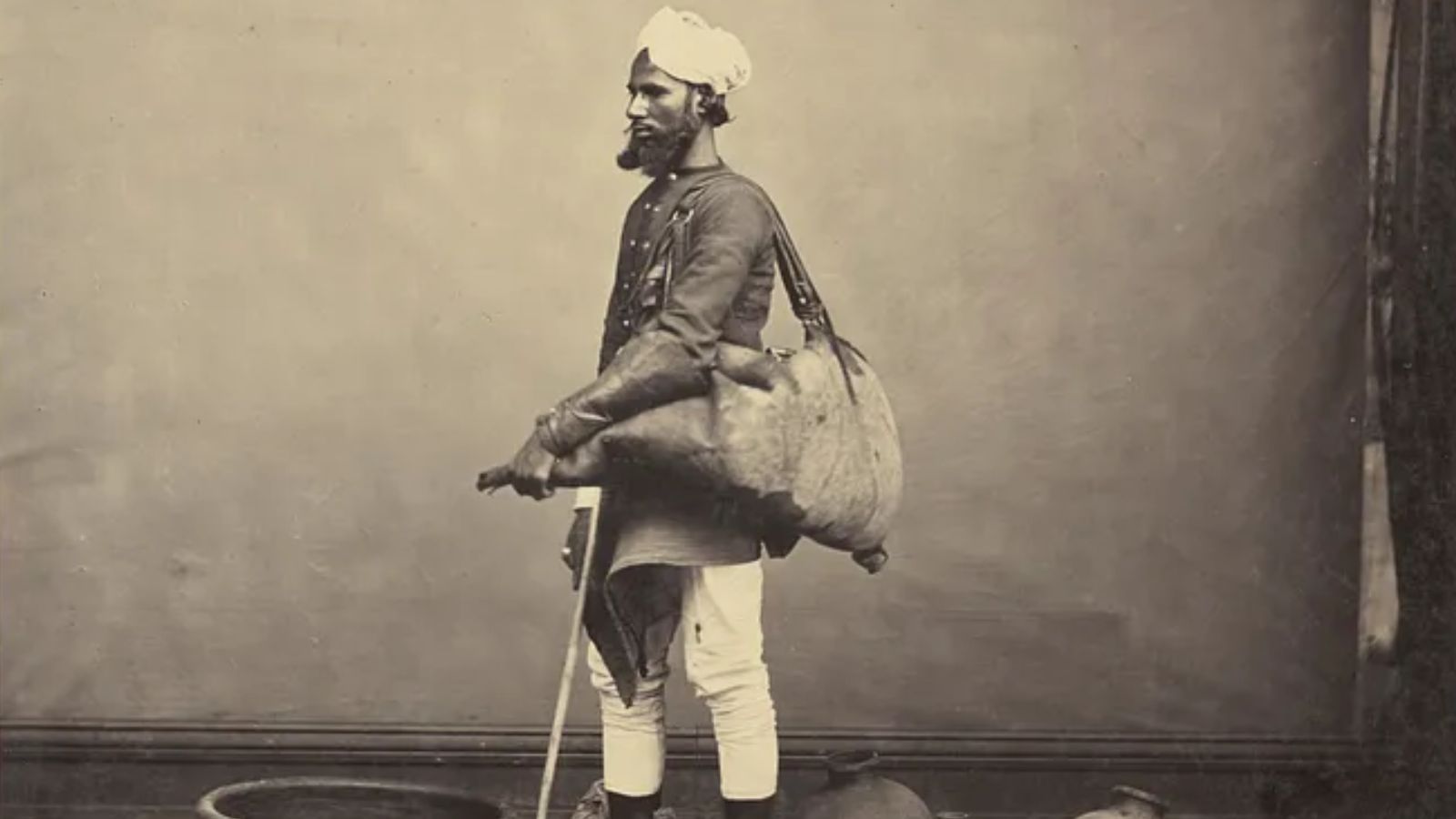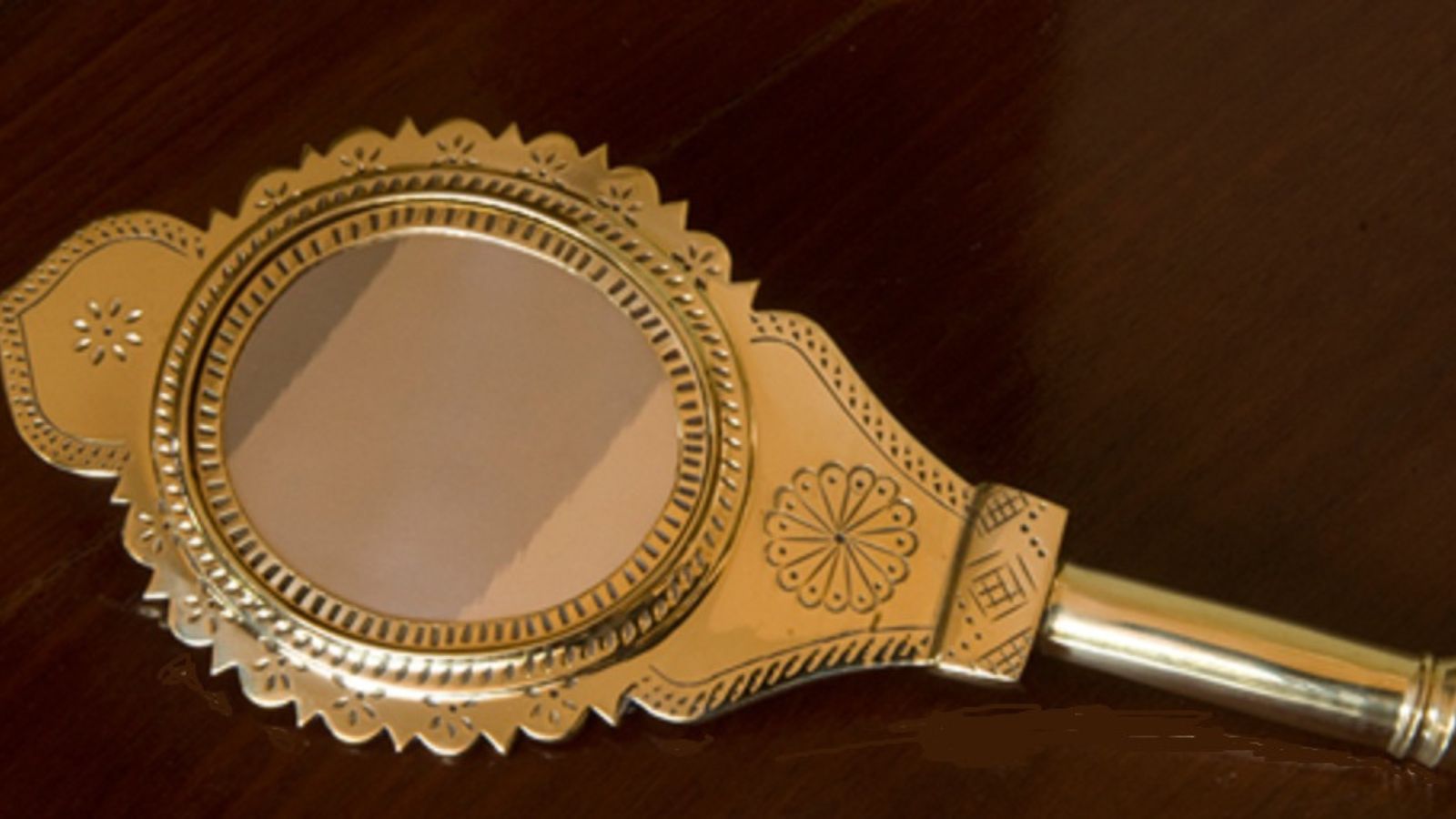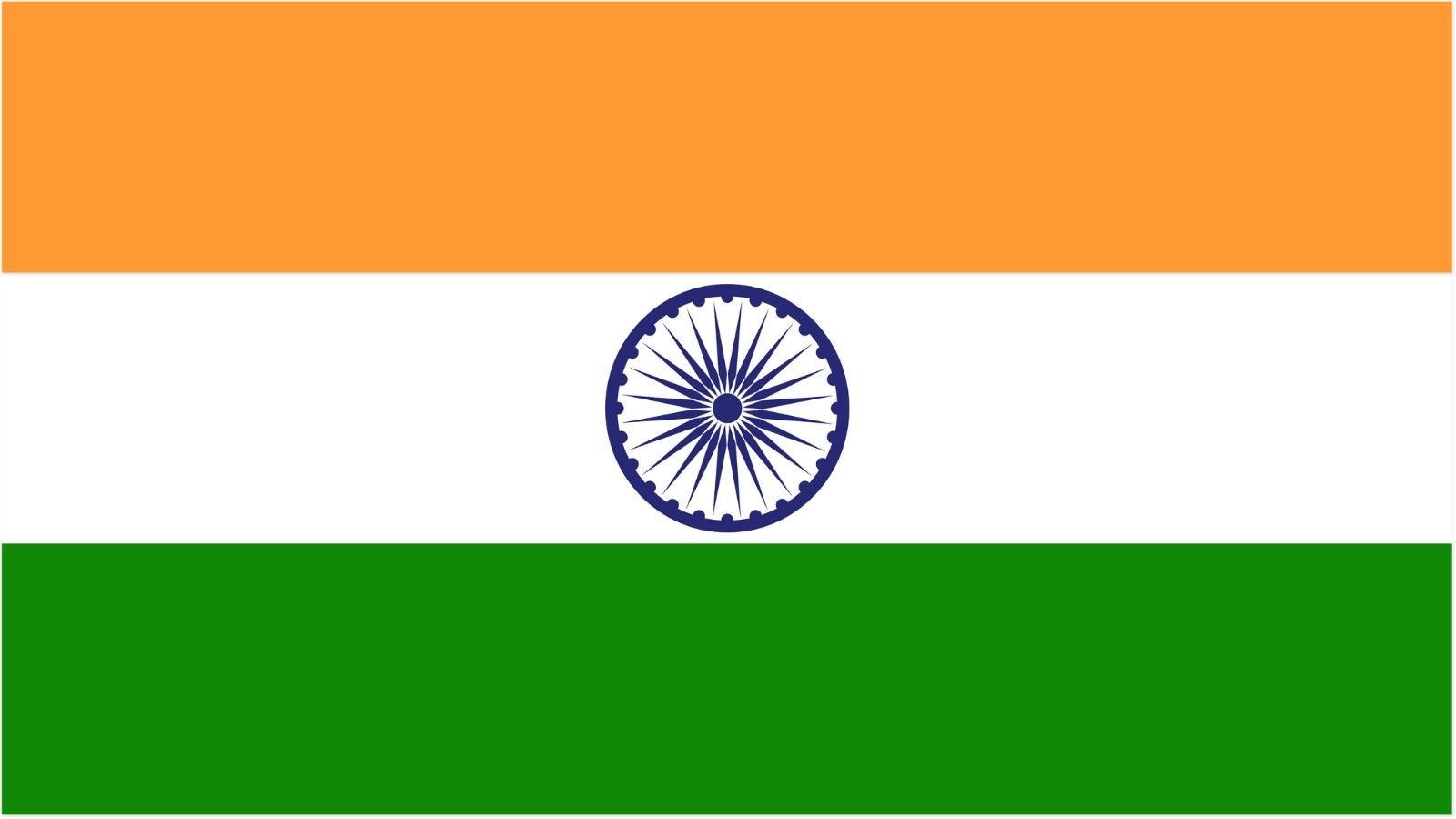In the Indian Subcontinent, water-bearers known as Bhishtis played a crucial role for centuries. They provided water in bustling markets, on busy streets, and even on battlefields. Who are they, and what is the significance of their work?
Etymology and craftsmanship
The term ‘Bhishti’ is derived from the Persian word for ‘paradise,’ reflecting the belief that these water carriers were sent from paradise to quench the thirst of people. Long before the advent of piped water, Bhishtis were the primary source of water for travelers and locals alike.
Bhishtis carried water in a distinctive bag called a mashak, crafted from the hide of a goat. The hide was treated with chemicals to remove odor and germs and the body and legs were sewn up with only the neck left open for filling. The bag could hold up to 30 liters of water, showcasing the craftsmanship and Bhishti’s role in an era when fresh water was scarce.

Bhishtis in warfare
Bhishtis were also common in military camps. According to legend, during the Battle of Chausa in 1539, a Bhishti heroically saved Emperor Humayun by inflating a mashak to help him cross the Ganga to safety. In gratitude, the nameless Bhishti was honored with the rare privilege of sitting on the throne for half a day.
A vanishing tradition
Though the traditional role of Bhishtis has faded with the rise of modern conveniences, their presence still lingers in the streets of Old Delhi. Today, you might spot a Bhishti performing ceremonial duties at dargahs or sprinkling water on hot summer days to offer brief relief from the heat. Though very rare today, the sight of a Bhishti serves as a reminder of an era when their service was a lifeline for many.
Image Credits: Wikipedia, Wikimedia Commons



